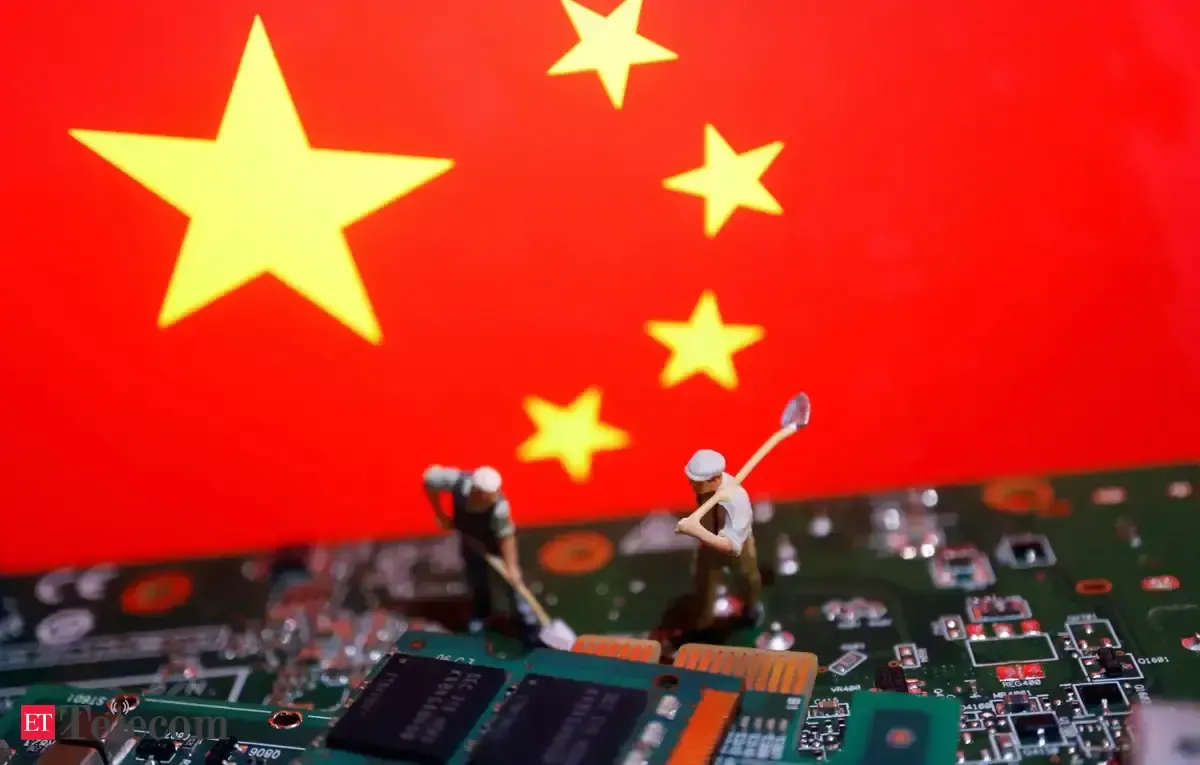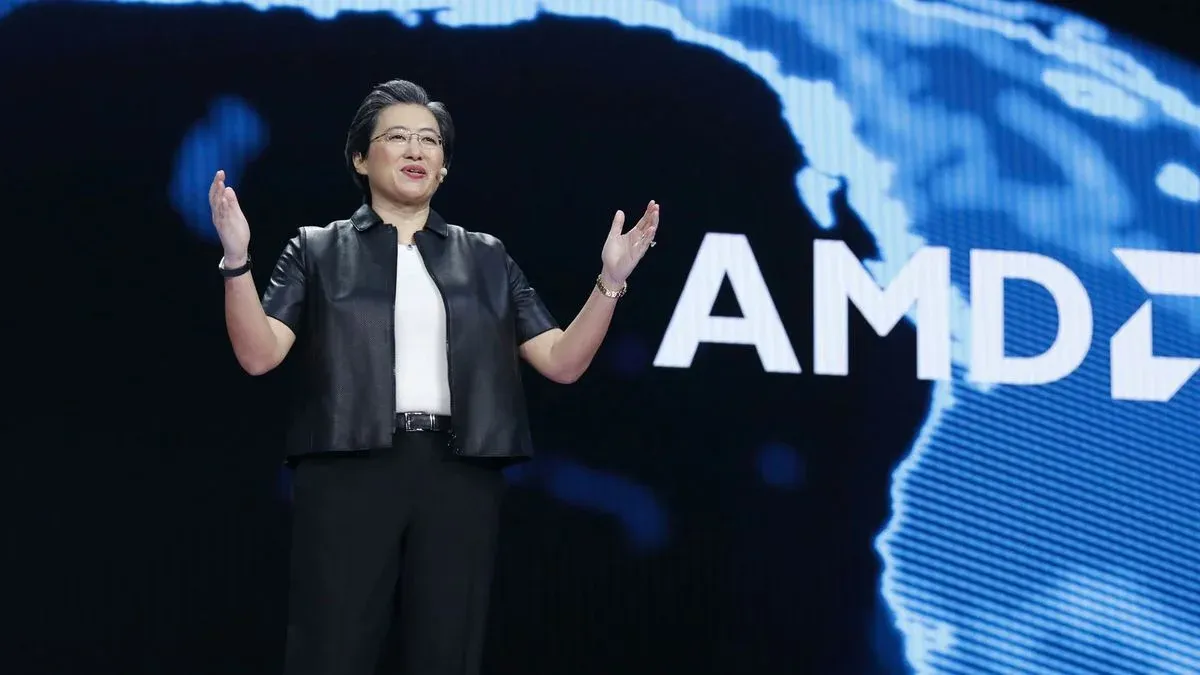As losses mount, Su joins Nvidia’s CEO in urging Washington to strike a balance before China creates its own AI future—without U.S. companies.
In a week that shook Silicon Valley, AMD reported a projected $1.5 billion loss, largely driven by an $800 million inventory charge—a direct consequence of U.S. export controls on advanced semiconductor technology.
The company’s CEO, Lisa Su, issued a pointed but measured warning: overreaching trade restrictions risk ceding long-term global leadership in AI and advanced computing to rival nations.
“There should be a balance between export controls for national security as well as ensuring that we get the widest possible adoption of our technology,”
Su told CNBC.
“That is a good thing for U.S. jobs in the U.S. economy.”
National Security Collides with Market Reality

At the heart of this growing concern is China, the world’s largest and most rapidly evolving technology market.
With billions in demand and a rising capacity to build homegrown alternatives, China represents both a threat and a lifeline to U.S. chipmakers.
The Biden administration’s aggressive push to restrict the sale of AI-capable processors—intended to prevent China from advancing its military and surveillance capabilities—has hit companies like AMD and Nvidia hard.
But Su and her counterpart, Nvidia CEO Jensen Huang, argue that the unintended consequence of these policies could be far worse: accelerating China’s independence from U.S. technology entirely.
Rise of the Red Alternatives
Already, Chinese companies like Huawei, Biren Technology, Moore Threads, and InnoSilicon are building advanced AI processors.
-
Huawei’s Ascend chips are supported by a homegrown alternative to Nvidia’s CUDA, called CANN, which powers its full-stack CloudMatrix 384 systems.
-
While these platforms still lag behind U.S. counterparts in software maturity and ecosystem support, their momentum is growing fast.
And if American companies are locked out of the market, Chinese tech giants will have both the incentive and necessity to invest heavily in domestic innovation—eventually reaching parity.
As Su pointed out, walking away from the table means losing the ability to shape the rules. “If we’re not there,” she implied, “others will write the standards.”
AMD vs. Nvidia

While AMD plays a smaller role in the current AI market than Nvidia—whose dominance stems from its CUDA software and near-ubiquitous hardware—
both companies represent the technological vanguard of American innovation. AMD may not take as big a hit from the China ban right now, but its long-term ambitions in AI mean it has just as much at stake.
More critically, both companies don’t just sell chips; they promote American standards, frameworks, and ecosystems that are woven deeply into global IT infrastructure.
Remove them from key international markets, and you don’t just lose revenue—you lose influence.
The Real Cost of Isolation
This moment is bigger than profits or protectionism. It’s about deciding whether America wants to lead in AI and advanced computing by setting global standards—or retreat into regulatory isolation while rivals race ahead.
Su’s message joins a growing chorus from the tech industry: protecting national security doesn’t have to come at the expense of economic leadership.
The challenge lies in crafting smarter, more surgical policies—ones that limit military use but don’t block commercial partnerships or punish innovation.







